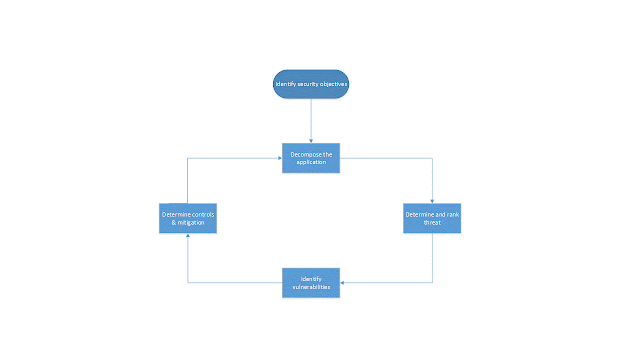CYBER-650 Week 4
How
Secure Is Your Medical Data? 2016 Annual Healthcare Industry Cybersecurity
Report
Cybersecurity
is among the top five concerns of the healthcare industry –
(PricewaterHouseCoopers, 2016)
With
the increasing interest of hackers on e-PHI (electronic-Protected Personal
Health Information), the healthcare industry is becoming more vulnerable to
malicious attacks. Medical records and important patients’ personal information
(SSN, accounts and contact info) are often housed within the same DBMS. A recent
report by intel security puts the digital underground trading value of e-PHI at
$200,000 (Stone, J., 2016). Individual patient records (“fullz”) sold for
between $15 and $65 in the underground market as reported by Dell SecureWorks
(Lemos, R., 2016). In its 2016 Annual Healthcare Industry Cybersecurity Report,
SecurityScorecard (a Google-backed online risk monitoring group) research shows
that “unlike the financial industry, which knows it is targeted and has hence
taken significant cybersecurity measures, the medical industry is still very
largely vulnerable” (Goenka, H., 2016-4-11). The report was a one year survey
(2015-8 – 2016-8) conducted on 700 organizations in the healthcare delivery
sector, included hospitals, device manufacturers, and healthcare insurers.
The
report found that malware infection in the entire healthcare delivery system
was 75 percent. With device manufacturers being the worst performer at 88
percent; Medical treatment centers was second, having about 76 percent
infection rate. Medical treatment centers recorded over 95 percent of the
overall industry total, when the difference in the number of device manufacturers
and hospitals are considered. Why do treatment centers have such high malware
infection rates? One reason is that they house large number of IoT (Internet of
Things) devices. These devices with wireless capabilities are lacking in
appropriate security. The danger of IoT wireless devices in the treatment
centers has the possibility of malfunctioning and potential of being a gateway
for hackers to access the healthcare network and DBMS. There is also legacy infrastructure
problem, such as patch and update management, especially for those facilities
that have been in existence for a while.
The
top 3 causes of health data breaches as reported in the Verizon 2015 Protected Health
Information Data Breach Report: Lost or stolen assets (45%), privilege misuse (EoP)
20.3%, and miscellaneous errors (20.1%) (verizonenterprise.com, 2017).
References
PWC Health Research
Institutes. Top health industry issues in 2016. Thriving in the
New
Health Economy. (2015-12). Retrieved (2017-26-6) from https://www.pwc.com/us/en/health-industries/top-health-industry-issues/assets/2016-us-hri-top-issues.pdf
Stone, J., Stolen medical data
on the cheap after waves of healthcare hacks. (2016-26-
10).
Retrieved (2017-26-6) from https://www.csmonitor.com/World/Passcode/2016/1026/Stolen-medical-data-on-the-cheap-after-waves-of-healthcare-hacks
Lemos, R. All about your
‘fullz’ and how hackers turn your personal data into dollars.
(2016-2-6).
Retrieved (2017-26-6) from http://www.pcworld.com/article/3075539/security/all-about-your-fullz-and-how-hackers-turn-your-personal-data-into-dollars.html
Goenka, H. Is Your Medical
Data Safe? Healthcare Industry, Most Hospitals Low On
Cybersecurity:
Report (2016-4-11). Retrieved (2017-25-6) from http://www.ibtimes.com/your-medical-data-safe-healthcare-industry-most-hospitals-low-cybersecurity-report-2441697
Verizon. 2015 Protected Health
Information Data Breach Report. (2017). Retrieved
(2017-26-6)
from http://www.verizonenterprise.com/verizon-insights-lab/phi/2015/
